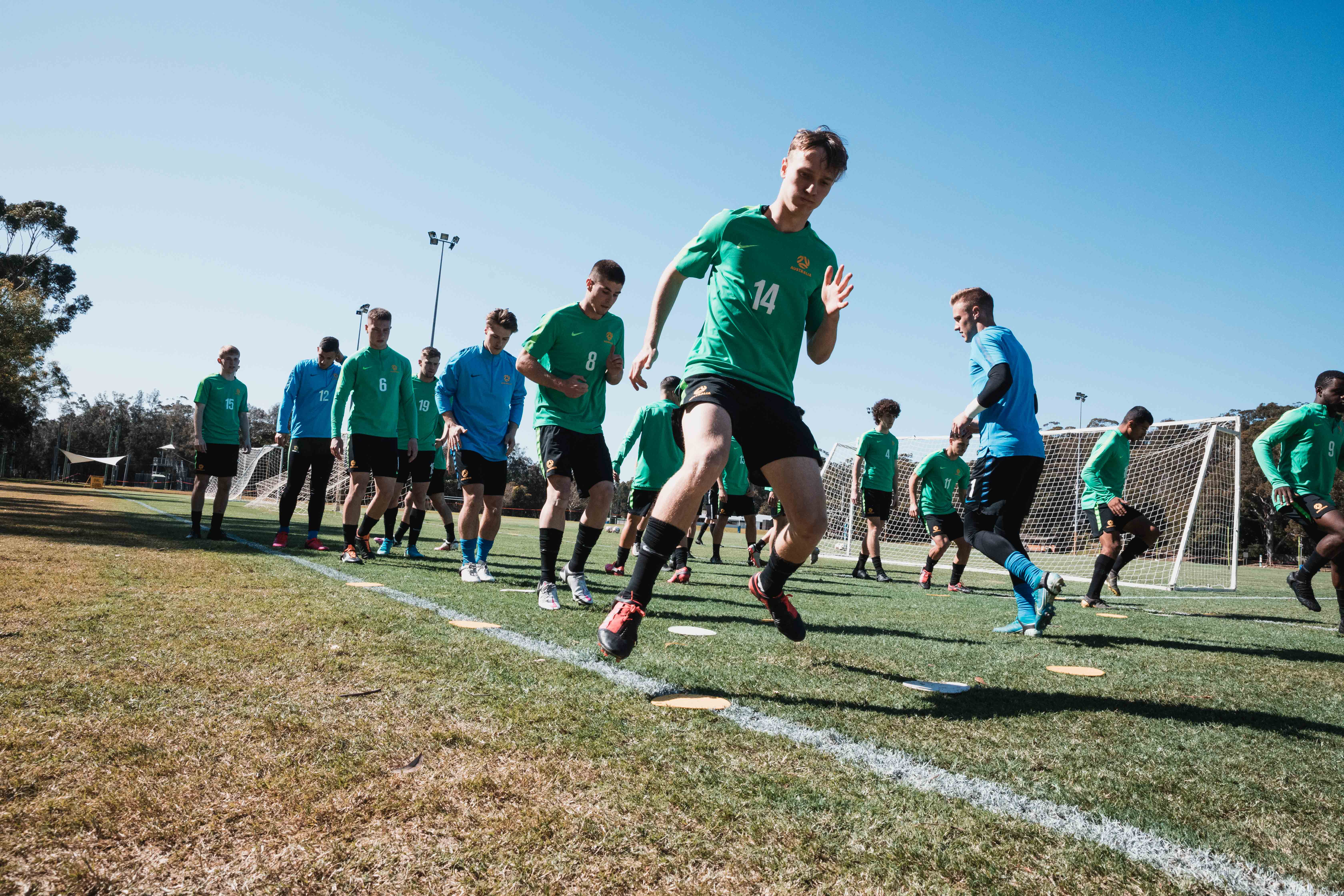TIPS FOR COACHES (YOUTH PLAYERS)
Reducing the Injury Risk for the Youth Player
Youth players presented unique challenges with injury costly both in terms of development opportunity and financial burden to parents/guardians (1).
Research suggests that young athletes are at higher risk of injury around the time of their individual growth spurt or Peak Height Velocity (PHV) (2). Furthermore, they often suffer growth related injuries to the heel and knee (2) and potential changes to the hip/groin structure (4).
Importantly, the exercises in the Football Australia Perform+ have been shown to the reduce the incidence of injury in youth football by at least 40% (5) when perform at least 2x/week and that the exercises improve physical performance when the strength, power and balance exercises are implemented as a home program (6).

Practical Tips:
- Ensure that all exercises and drill in the Football Australia Perform+ are completed at least 2x/week as minimum.
- Encourage players to complete the “Performance” exercises (strength, power, balance) as a home exercise program in addition to completing them at training.
- Strength, power and change of direction training are all very important components for injury and ACL injury prevention for youth players. As such it is important that these components of the Football Australia Perform+ are not only included in training but players are monitored for technique and movement quality.
- Focus on technique from a young age. How a player moves, especially preventing the knee from “buckling in” is very important. Encouraging control of ankle – knee – hip alignment is a fundamental principle for injury prevention, particularly in the youth athlete.
References
- Jones, S., Almousa, S., Gibb, A. et al. Injury Incidence, Prevalence and Severity in High-Level Male Youth Football: A Systematic Review. Sports Med 49, 1879–1899 (2019).
- Bult HJ, Barendrecht M, Tak IJR. Injury Risk and Injury Burden Are Related to Age Group and Peak Height Velocity Among Talented Male Youth Soccer Players. Orthop J Sports Med 2018 Dec 11;6(12):232596711881104 3
- Price RJ, Hawkins RD, Hulse MA. et al. The Football Association medical research programme: an audit of injuries in academy youth football. Br J Sports Med 2004;38:466-471
- Palmer A, Fernquest S, Gimpel M et al. Physical activity during adolescence and the development of cam morphology: a cross-sectional cohort study of 210 individuals. Br J Sports Med 2018;52:601-610.
- Thorborg K, Krommes KK, Esteve E et al. Effect of specific exercise-based football injury prevention programs on the overall injury rate in football: a systematic review and meta-analysis of the FIFA 11 and 11+ programs. Br J Sports Med 2017;51(7):562-571.
- Veith S, Whalan M, Williams S et al. Part 2 of the 11+ as an effective home-based exercise programme in elite academy football (soccer) players: a randomised control trial Science and Medicine in Football 2020 under review
